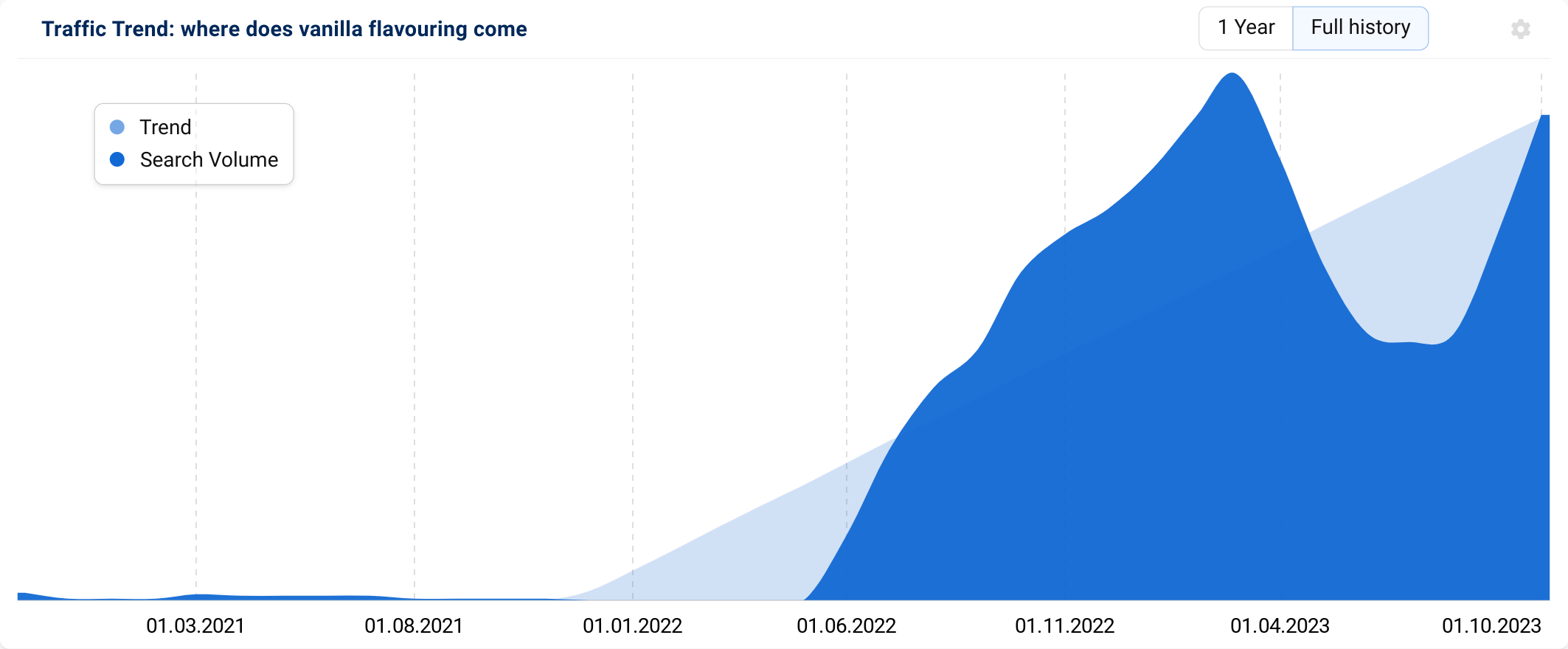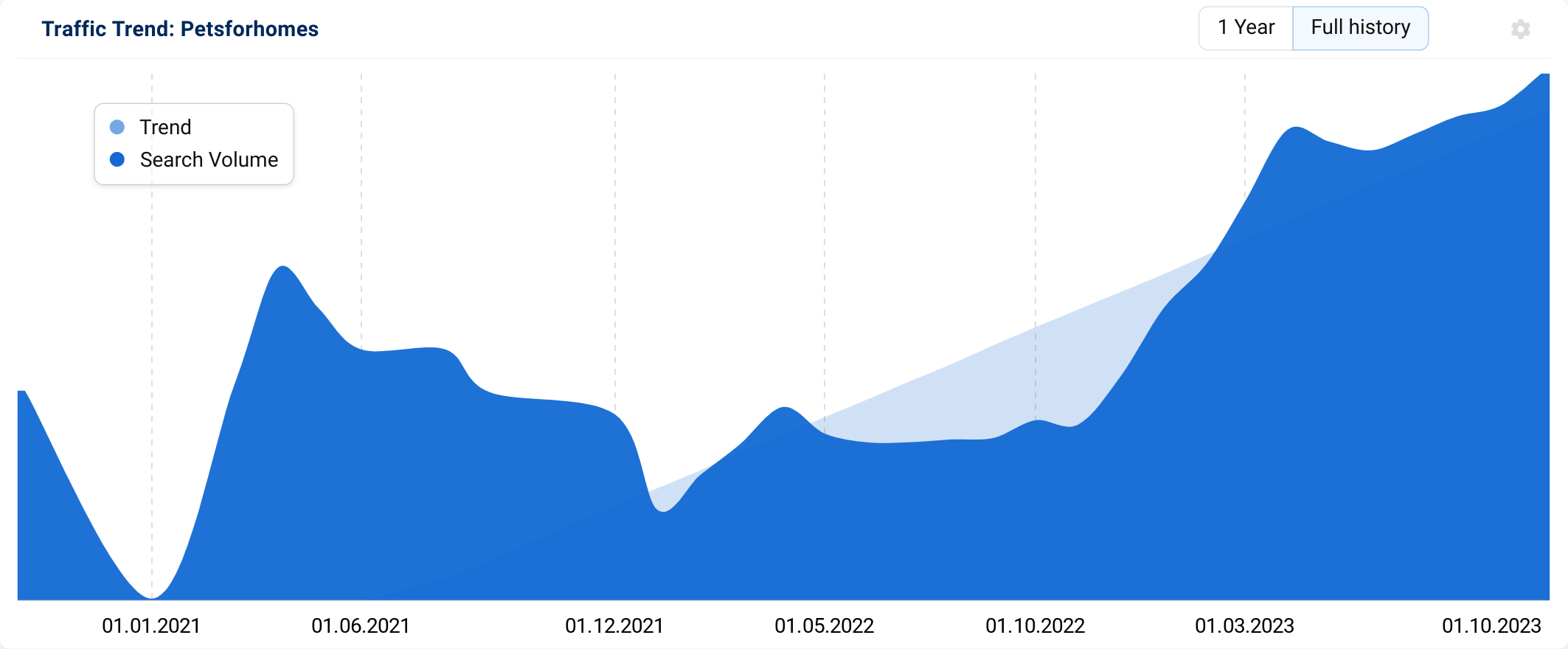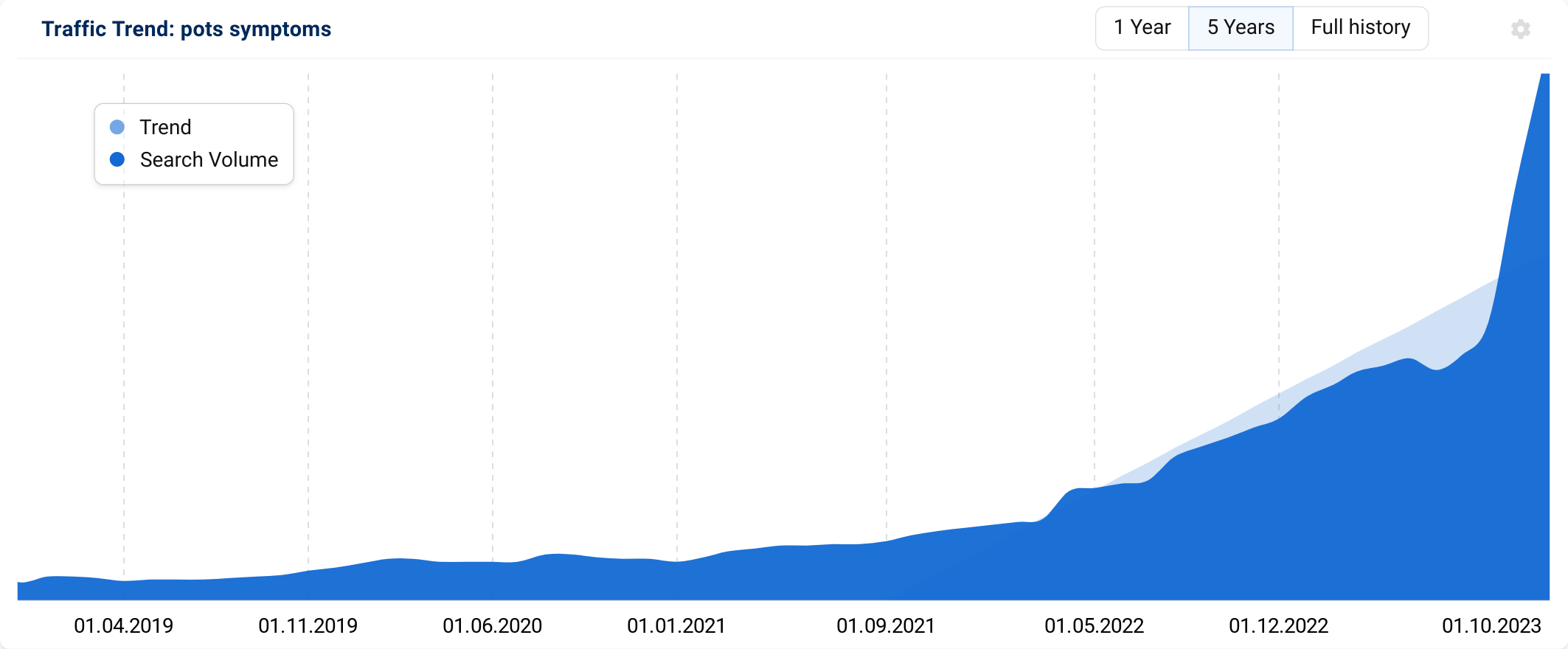Welcome to the 22nd issue of TrendWatch. This month we cover everything from bottom to top, literally. Along the way you can pick up info on Google Business and, of course, an AI trend! I hope you’ve enjoyed TrendWatch during 2023 and I’ll be back with more in 2024. Watch out for those FIFA Euro trends!
Where does vanilla flavouring come from?

Tik Tok has done it again! I had never wondered about vanilla’s origins, knowing it comes from the pod of a vanilla bean. There is one other place where you can get it. TikTok user @sloowmoee’s video sparked discussions about where vanilla flavouring comes from. In his video in which he says: “Record yourself before and after googling ‘where does vanilla flavouring come from’?” the internet has been freaking out about the origins of vanilla flavouring.
Some artificial vanilla flavourings use a chemical compound from beavers’ anal glands called castoreum. The FDA approves castoreum as a food additive in the US, and a 2007 study in the International Journal of Toxicology found that manufacturers had been using castoreum extensively in foods and perfumes for at least 80 years. However, its use in common food products today is exceedingly rare due to difficulties in collecting it.
What do I mean by difficulties? Joanna Crawford, a wildlife ecologist at Southern Illinois University, told National Geographic in an article called “Does your vanilla ice cream have beaver goo in it?” that to acquire the castoreum, the beaver needs to be anaesthetised and then its nether regions are “milked”. The total annual national consumption of castoreum is “only” around 292 pounds in the US.
In 2011, five companies producing vanilla flavourings confirmed that they did not use castoreum in their products for human consumption. Most vanilla flavouring comes from natural vanilla beans, with castoreum mainly used in luxury foods and beverages. So, when it comes to vanilla, this is one time when being thrifty might just be the wiser choice!
PetsforHomes

Pets4Homes is a platform connecting pet seekers with breeders and shelters. The pandemic caused a high demand for pets as people sought companionship during lockdowns.
According to Pets4Homes they had 400 buyers for every advertised pet in the UK in April 2020. As breeders adapted to meet the growing demand, COVID-19 restrictions began to ease, and the enthusiasm for acquiring new pets waned. The number of potential buyers per advertised pet went from over 100 in late 2022 and rose to approximately 170 a year later – still way down from the peak.
Unfortunately, economic factors have changed people’s circumstances. Some pet owners faced financial constraints and escalating vet bills, leading to an increase in pets being surrendered to organizations like London’s Battersea Cats and Dogs Home. This financial strain has fueled a surge in inquiries from individuals looking to rehome their pets.
What is interesting about the Pets4Homes data is that the number of unwanted pets available for re-homing on their platform has remained relatively stable on Pets4Homes. Or maybe those who were priced out as the price of a puppy soared to £2,065 during the pandemic and has dropped down to an average of £995 today. Hopefully, this means that people are still committed to the well-being of their furry friends, but if search traffic is up, I have to wonder for how long.
POTS Symptoms

POTS, or Postural Orthostatic Tachycardia Syndrome, is a medical condition characterized by an increased heart rate when transitioning from a seated or lying position to standing.
Postural: Pertaining to body position.
Orthostatic: Relating to standing upright.
Tachycardia: Elevated heart rate.
Syndrome: A collection of symptoms.
Some common symptoms of POTS include lightheadedness (sometimes resulting in fainting), cognitive difficulties (often referred to as “brain fog”), fatigue, exercise intolerance, headaches, blurred vision, palpitations, tremors, and nausea.
I feel like I might have been born with POTS as I am often mentally intolerance of exercise.
We’re seeing an increase in search volumes around POTS because it seems there is an early link between POTS and COVID. Even though more research is needed, it hasn’t stopped a flurry of articles to making definitive claims. Yet another reason I’m hoping to avoid getting COVID this flu season.